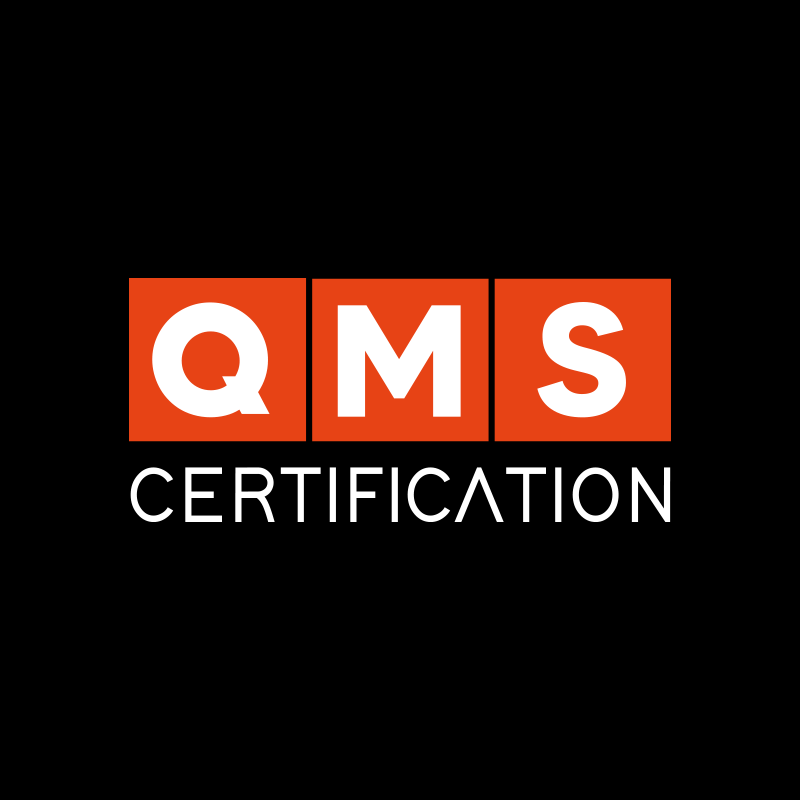The Ishikawa diagram, also known as fishbone or cause and effect diagram, was first applied in 1953 in Japan by one of the greatest pioneers in quality control within organizations, Kaoru Ishikawa.
This tool aims to identify the root cause of a problem through a visual categorization of its potential causes. Its efficiency lies, among other factors, in allowing employees to avoid solutions that fix the problem peripherally and not thoroughly. It is important to emphasize that identifying proper and efficient solutions is a challenging task that we see many organizations struggle with.
The word fishbone comes precisely from its presentation format, made from a central unifying line that leads all potential causes, represented by the lateral spines, to a single effect. This scheme helps identify the main and secondary issues that contribute to the issue in question.
To use the Ishikawa diagram you must first choose a problem of any nature such as an audit, a claim from a customer, or a technical issue and place it at the right end of the spine, as indicated in the following image.

There are a few standard choices your organization can use for the lateral lines or “bones”. An example is the 6 M’s for manufacturing industries, that stand for Machines, Methods, Materials, Measurements, Mother Nature (Environment), and Manpower (People).
This is great to use in a company’s brainstorming session as it promotes discussion and analysis of all possible causes to a problem. When drafting the diagram, no cause should be disregarded and all options should be debated and considered. The facilitator can help the group rate each factor in accordance to their relevance and importance. This process can also help bring about issues that were not contemplated before.
With the cause or causes defined, the assertiveness in the identification of solutions is much greater. Establish an action plan with concrete and defined actions and hands-on!









